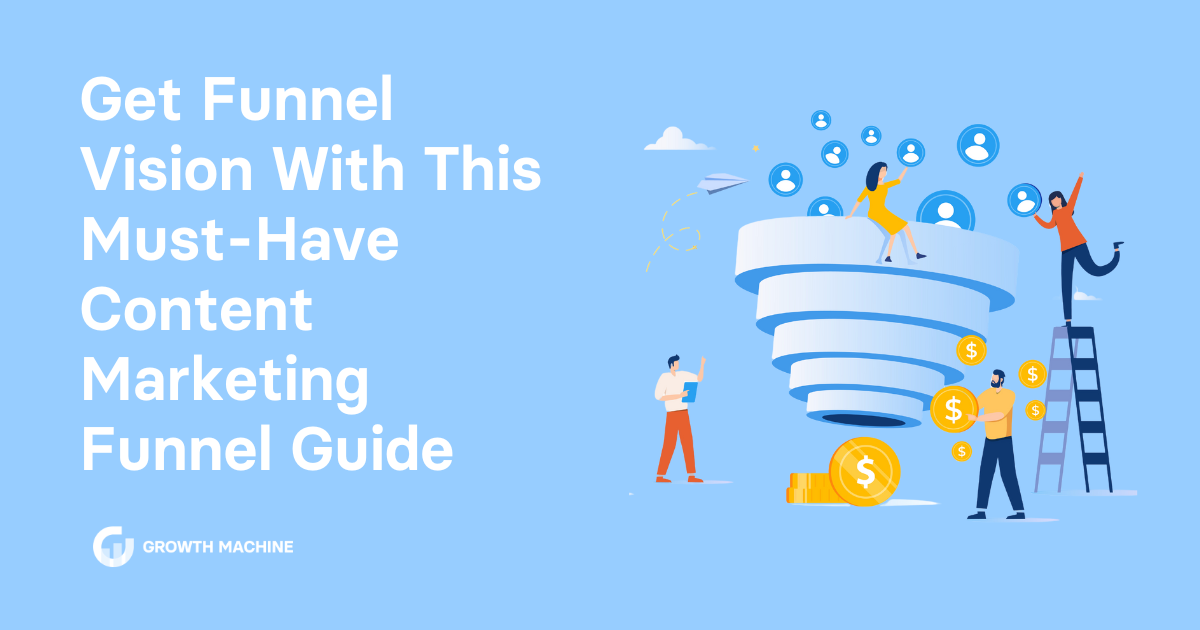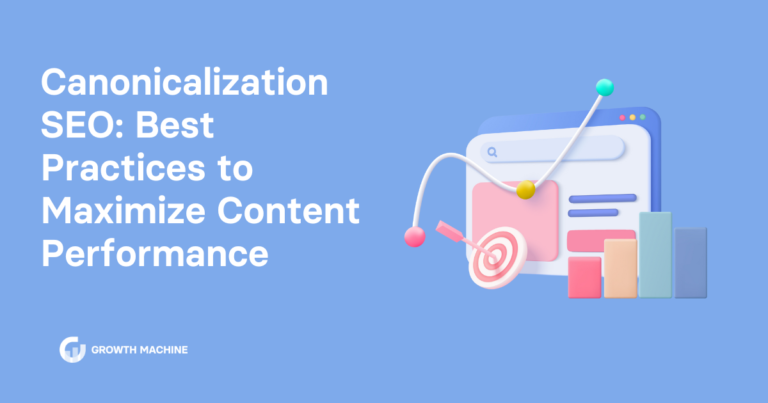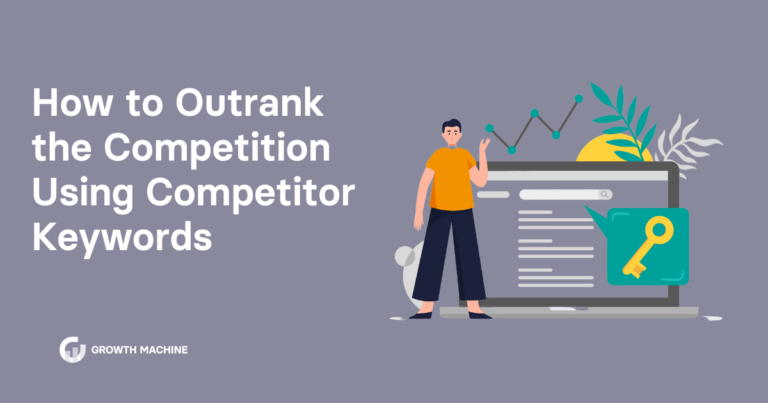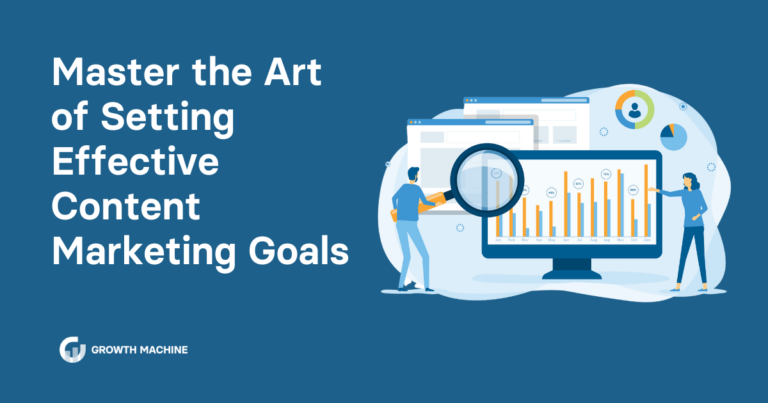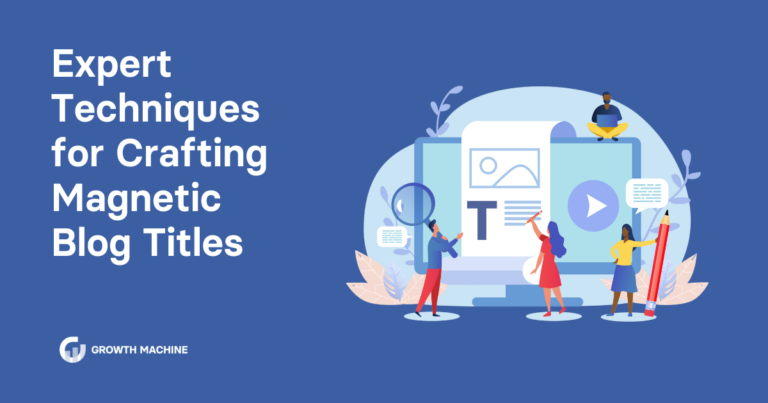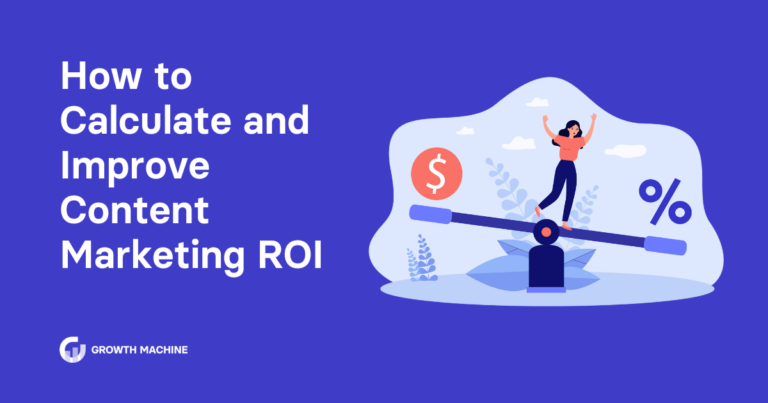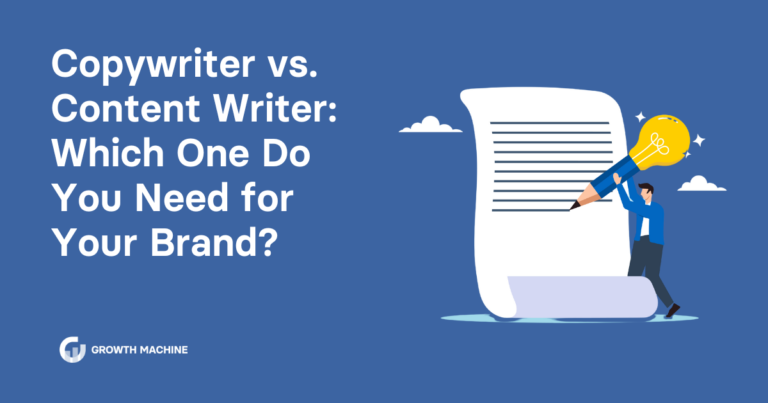Get Funnel Vision With This Must-Have Content Marketing Funnel Guide
We don’t need to tell you how much content is out there on the internet. As a brand, you don’t want to create content for the sake of adding another voice to the already too-loud conversation — you’re here to connect with potential customers. Moments of real connection often translate into engagement, loyalty, and revenue, so the stakes have never been higher for businesses.
The thing is, not all of your content will appeal to all customers. Everyone is at a different stage of getting to know your brand, from first learning about your company to following you faithfully on social media for years.
Instead of churning out content, crossing your fingers, and hoping people find it interesting, leverage a content funnel to meet your customers where they are right now. With a content funnel, you create various types of content that nurture readers through different stages of engagement until they (hopefully) make a purchase decision.
In this guide, we’ll explain what a content funnel is and show you how to leverage this content marketing strategy to win over your target audience at every stage.
What Is a Content Funnel?
A content marketing funnel is a strategic approach to content creation and distribution. With funneling, you guide potential customers through different stages of the buying process with carefully curated content designed for their current knowledge, needs, and next steps. Content funnels are the best way to ensure every piece of content serves a specific purpose, nudging prospects along their customer journey.
A content funnel works with the customer journey, which happens in three key stages:
- Awareness: Also known as top-of-the-funnel (TOFU) marketing, in the awareness stage, the focus is all about educational content.
- Consideration: Middle-of-funnel (MOFU) content helps customers understand potential solutions to their problems.
- Conversion: Bottom-of-the-funnel (BOFU) marketing is very pointed and more sales-focused. The goal is to inspire your audience to take action, whether that’s making a purchase, subscribing to your email list, or taking any other desired action.
Instead of turning off awareness-stage customers with conversion-focused sales offers, the content funneling approach helps you create content that’s appropriate for where the customer is at. Just like you wouldn’t ask someone to marry you on the first date, a content funnel helps you build rapport with your audience and deepen relationships organically over time — which leads to increased sales!
Sure, that means you need to create more content and finesse your distribution strategy, but a content marketing funnel comes with so many benefits, including:
- Aligning content with customer needs
- Efficient lead generation and nurturing
- Improved brand awareness and trust
- Marketing ROI
With a content funnel, you don’t produce content blindly. You create the right experience for the right audience, at the right time. This is a fundamental part of digital marketing that moves prospective customers from awareness to making definitive purchase decisions.
How to Create Content for Each Customer Journey Stage
Funnel marketing is the best way to get results from your organic marketing initiatives, but it does require careful planning. Each stage of the buyer’s journey requires different topics, calls to action, and content formats. Follow this simple blueprint to strategically align your content with each stage of the customer journey.
Top-of-Funnel Awareness Content
Top-of-funnel content is all about creating brand awareness. Instead of droning on about your product or service’s features, you should focus on attracting potential customers who are at the earliest stage of the buyer’s journey. They’re just beginning to recognize a problem or need, but aren’t considering specific solutions just yet.
This is the perfect time to build trust and position your brand as an authority in the space with TOFU content that’s informative and broadly appealing. The goal is to draw in a wider audience. You’re casting a wide net here to pull in folks who have an interest in your industry, offer valuable information, and establish yourself as a leader in the space.
You’re not out to ask for their business—at least, not yet.
The best types of content for the awareness stage are:
- Blog posts
- Social media updates
- Infographics
- Educational videos posted to TikTok, Instagram Reels, or YouTube
Awareness-stage content should be easy to consume and share. Go with engaging and interactive formats, like how-to videos, checklists, and e-books that don’t require any kind of commitment from the reader. They don’t want to subscribe to your email marketing list just yet, so supply awareness-stage content without any strings attached.
To spread the message quickly, you’ll need to use more distribution channels for awareness content. But instead of posting content everywhere, focus on posting content where your audience is most likely to find it. You might need to create buyer personas to figure this out. The most popular options are social media platforms (like LinkedIn or Instagram) and search engines (through SEO optimization).
Awareness content is a teaser of what’s to come. Not all awareness-stage prospects will move on to the next stage, and that’s okay. The goal is to cast a wide net for now and start plenty of conversations.
Mid-Funnel Consideration Content
In the consideration stage, your audience knows about your brand and solutions. They’re actively considering options right now.
In the middle of the funnel, content shifts from broad, educational topics to more solution-oriented content. You don’t need to go in with a hard sell just yet, but give prospects a way to evaluate their options.
Right now, the goal is to deepen your relationship with the audience. You can do that by providing detailed, high-quality information that helps with decision-making. These leads need a lot of nurturing, so now’s the time to showcase your expertise and unique value proposition.
Whip out your more comprehensive content here, which can include:
- Long-form content like white papers and case studies
- Webinars
- Detailed blog posts (bonus points if you include graphics and screenshots)
- E-books
- How-to videos
- Podcasts
In-depth guides, interactive demos, or expert interviews are great options for this part of the content funnel. If you play your cards right, you’ll show prospects that your brand is, naturally, the best solution for their problem.
While awareness-stage content is pretty general, consideration-stage content is more targeted. Instead of blasting content to everyone who will listen, send it to folks who express interest. At this stage, experiment with more targeted distribution channels like:
- Segmented email newsletters catering to specific interests, buying history, or hobbies
- Retargeting campaigns on social media
- Personalized outreach through platforms like LinkedIn. This is ideal if you’re doing B2B funnel or account-based marketing (ABM)
MOFU content should strike a balance between being informative and persuasive. Try not to come on too strong. Be helpful and lay out the facts, giving customers clear reasons why your brand is the best choice without pressuring them to buy right away.
Bottom-Funnel Conversion Content
It’s showtime! At this stage of the content funnel, the focus is on purchasing decisions. BOFU content focuses on converting curious prospects into paying customers.
At the decision stage, content should be highly persuasive and focused on closing the deal. Address last-minute doubts or questions, highlighting the benefits and unique selling points of your product or service. Build your prospects’ confidence with winning, conversion-friendly content that addresses their concerns.
The best content formats for bottom-of-funnel content are:
- Product demos
- Customer testimonials and success stories
- Detailed case studies
- Sales-focused landing pages
- Comparison guides
The more engaging you can make this, the better. In-depth articles, video testimonials, interactive demos, pricing, and personalized presentations are all great for this stage of the content marketing funnel.
If you have a sales team, leverage them to do personal outreach via social media or email. Marketing and sales usually work together at this stage of the content funnel, providing information and encouragement to bring in more paying customers. The key is to give your audience clear, compelling reasons to choose you over everyone else, all while making the purchase process as smooth and reassuring as possible.
Drive Traffic With Funnel-Optimized Blog Content
You put a lot of time and effort into creating content. Shouldn’t you get results for your hard work? Creating a content funnel is the single best way to see results from organic marketing because it gives customers a better experience by meeting them where they are.
There’s just one little problem. It takes a lot of time to create a content funnel strategy, let alone implement it. That’s where Growth Machine comes in. Our experienced SEO team strategizes, writes, and optimizes well-researched content that your readers will love. If you don’t have 10 hours a week to devote to SEO content yourself, offload it to the experts to get serious organic gains in just a few months.
Contact Growth Machine now to create a cohesive content strategy that guides users seamlessly from awareness to conversion.

